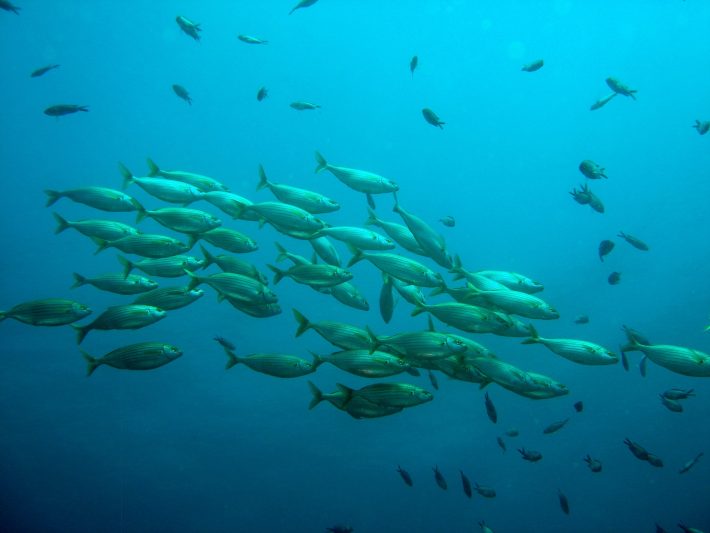UN High Seas Treaty agreed after decades of talks
A crucial agreement for the protection of marine life has been reached, with countries pledging to protect 30% of international waters by 2030.

On Saturday, the UN High Seas Treaty was agreed by delegates at the Intergovernmental Conference on Marine Biodiversity of Areas Beyond National Jurisdiction, providing a legal basis for protection of international waters after two decades of talks.
This is a hugely important moment for the protection of marine life. The high seas constitute around two thirds of the global ocean, but until now, only ~1.2% has been under some form of protection, meaning species have been subject to overexploitation and pollution without regulation.
The treaty provides a legal framework for designating 30% of the high seas as marine protected areas by 2030, which is vital to the world reaching the ’30 by 30’ target (protecting 30% of the land, inland waters and sea by 2030), as well as the target to halt and reverse biodiversity loss by 2030, both agreed at the UN Biodiversity Summit in December 2022.
The new treaty also features a requirement for environmental assessments for potentially damaging commercial activities such as deep sea mining, and an agreement to share the benefits of marine genetic resources (e.g. new pharmaceutical products). It establishes a Conference of the Parties that will meet periodically (as with the UN climate process), enabling nations to be held to account if not adhering to the agreement and providing scope for the treaty to be improved and issues ironed out.
“We need to ensure we protect the right areas of the high seas and work to swiftly begin putting effective management measures in place to protect marine wildlife and ultimately support our future.
Countries still need to formally adopt and ratify the treaty before work can begin on creating the new marine protected areas. For now, details on where they will be established and the level of protection they will receive (i.e. whether fishing will be banned or limited) are unresolved. Effective management will be key to their success in protecting important habitats, but there are not yet plans for this and no agreement has been reached yet on how it will be funded. The EU has announced it will contribute around €820 million to international ocean protection, but it is concerning that a specific funding amount to be provided by developed countries was not included in the agreement.
The UK has seen the results of ineffective management of marine protected areas, with 98% of the offshore marine protected areas still subject to damaging bottom trawling. With the latest IUCN data showing that nearly 10% of marine species assessed are at risk of extinction, the high seas marine protected areas need to be established as soon as possible, be connected to protect migratory species and funded adequately to ensure effective regulation and monitoring.
Rick Stafford of Bournemouth University and Chair of the BES Policy Committee said: “The agreement of UN High Seas Treaty after so many years is very welcome. However, we need to ensure we protect the right areas of the high seas and work to swiftly begin putting effective management measures in place to protect marine wildlife and ultimately support our future.
“Even in territorial waters, the current lack of comprehensive management or enforcement in marine protected areas means that the majority are failing to deliver for nature and bring the full range of biodiversity benefits they otherwise could.”
Like what we stand for?
Support our mission and help develop the next generation of ecologists by donating to the British Ecological Society.